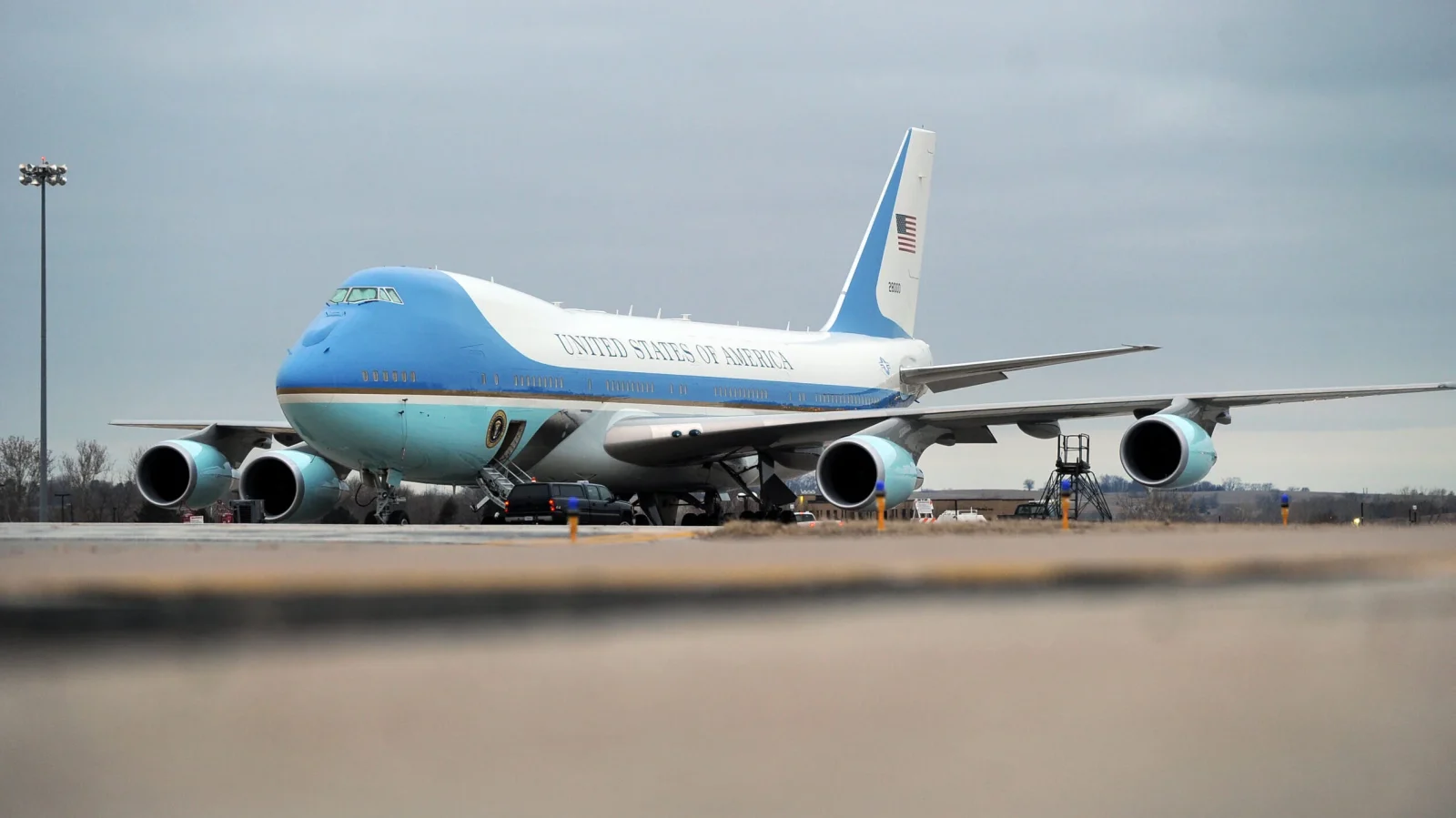Cost overruns for the new Air Force One jets continue to burden Boeing with substantial financial losses.
On Wednesday, Boeing disclosed an additional $482 million in losses tied to the contract for converting two 747 jets into the next generation of the presidential aircraft. This brings Boeing’s total losses to over $1 billion for each of the two jets.
The company has been grappling with losses on this project for years. Last year, CEO Dave Calhoun acknowledged that Boeing should never have agreed to the $3.9 billion contract with the Air Force for these jets.
Since the contract was signed, supplier costs have skyrocketed, and the delivery date has been repeatedly delayed. Boeing recorded $1.45 billion in losses on the planes last year, following $318 million in losses in 2021.
In April of last year, Calhoun referred to the Air Force One contract as an unusually challenging situation, involving a unique negotiation and set of risks that Boeing probably should have avoided.
At that time, he was discussing $660 million of the reported losses, stating, “Air Force One, I’m just going to call a very unique moment, a very unique negotiation. A very unique set of risks that Boeing probably shouldn’t have taken. But we are where we are.”
The latest loss is attributed to engineering changes, labor instability, and the conclusion of negotiations with a supplier.
Defense contracts typically allow for higher costs to be passed on to U.S. taxpayers, but under pressure from then-President Donald Trump, who had threatened to cancel the deal, Boeing agreed to a fixed-price contract for the two new jets.
“In a fixed price environment, any unplanned hurdles can introduce unrecoverable costs,” Calhoun explained to investors on Wednesday.

“At the end of the day, we have two airplanes to build. We’re getting past these hurdles and are committed to delivering two exceptional airplanes for our customer.”
The official designation for this program is VC-25B, as the “Air Force One” title only applies when the president is aboard any U.S. Air Force-operated plane, not when it is on the ground or still under construction.
The latest setback with the Air Force One jets is just one part of the broader challenges facing Boeing, which has reported losses in all but two quarters since early 2019.
The company’s total losses have now reached $25.5 billion since the grounding of its 737 Max jet in March 2019, following two fatal crashes that claimed 346 lives.
On Wednesday, Boeing reported another core operating loss of $1.1 billion, or $3.26 per share.
While this represents a 65% improvement from the loss reported in the same quarter last year, it still exceeded the $2.96 per share loss forecast by analysts surveyed by Refinitiv. Boeing has consistently reported larger-than-expected losses nearly every quarter since its troubles began.
Despite these challenges, revenue slightly exceeded expectations, rising 13% to $18.1 billion.
While Boeing reduced its forecast for the number of 737 Max jets it expects to deliver this year, it announced plans to increase production of 787 jets to five per month and complete an increase in 737 production to 38 per month by the end of the year.
This guidance, along with the company’s statement that it still anticipates being cash flow positive for the year, helped boost Boeing shares by 3% in premarket trading.







Leave a Reply